5. Godzilla (1954)
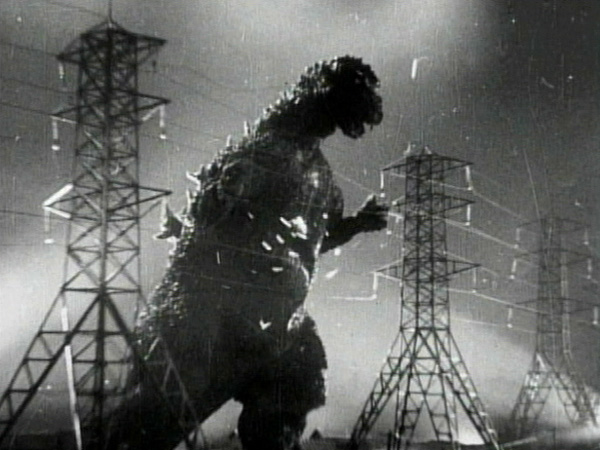
The original King Kong features the titular creature and a slew of dinosaurs. King Kong now is seen as this symbol of big-monster action. Of course, the character was not always seen this way, and there are many big-beast (or bug) films that came out in between the initial film and now. So many b-movie films exploited this idea as sensationalism (Them! being a prime example).
Probably the biggest game changer (and, somehow, who became a rival to King Kong) was the original Godzilla picture by Ishiro Honda. Created as a metaphor to represent the bombings in Hiroshima that left a permanent impact on many citizens there, Honda’s seemingly unstoppable Godzilla was more than just a big creature: it was – no pun intended – a God. Setting the precedent for monster pictures whilst using trauma as a catalyst, the original Godzilal resonated with audiences whilst raising the bar skyscraper high.
4. Police Story
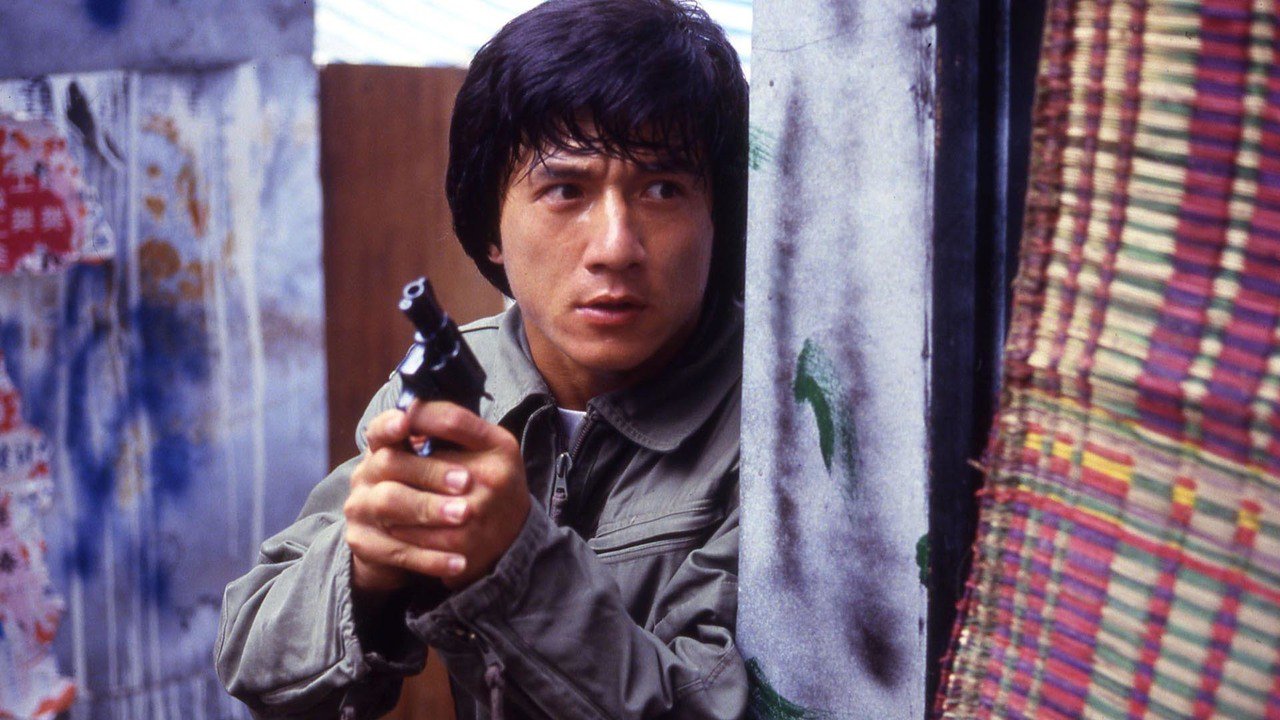
How the hell can only one Jackie Chan film be picked? His respect for silent life-risking comedians like Buster Keaton got fueled into his love for the martial arts and kung-fu, thus making him one of the most exciting and electrifying action stars of all time. He wasn’t just about the dangers: he was about the timing, too. So, we could go with the work that he himself directed, co-wrote and starred in: the original Police Story.
Famously a man that did his own stunts, this film (and many others) left permanent damage to Chan, including severe burns and impairments to his lower back. The complete dedication Chan had to his craft (mirroring his love of Keaton) shows in his countless works, so many Chan starring (or made) films can be featured here. Police Story works the best, because it was an early case of Chan having a complete say in everything. The result is mesmerizing, including the astounding mall climax that simply cannot be explained by words.
3. Bonnie and Clyde
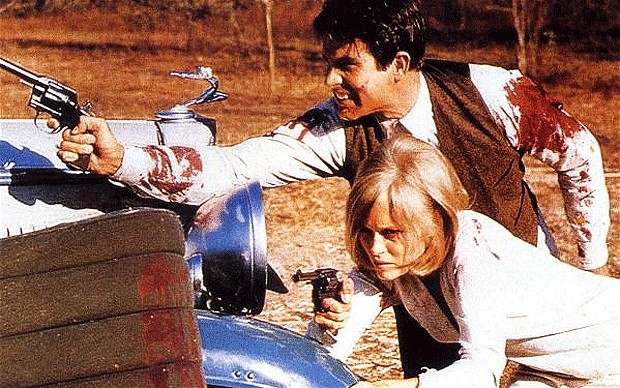
Bonnie and Clyde broke so many rules (and, well, so did the duo the film is based on too). One of the most radical cases of films that said “good riddance” to the Hays Code (a series of moral-based rules that films had to abide to in order to be released), almost everything in Arthur Penn’s film was a rebellion.
The film featured the very first time a gun shot and an exploded squib were featured on screen at the same time (and, of course, it’s a man getting shot right in the face). The entire opening is riddled with innuendos.
Even the film was not conventional, with the occasional departure from orthodox filmmaking modes just for any reason (the family getaway scene, for instance). Of course you have the explosive finale which still seems excessive to this day. Bonnie and Clyde was a near-b-movie that shook so much ground that it ended up becoming a serious contender for awards that year. If that isn’t a bookmark in the shifting tides of cinema, I don’t know what is.
2. Pulp Fiction
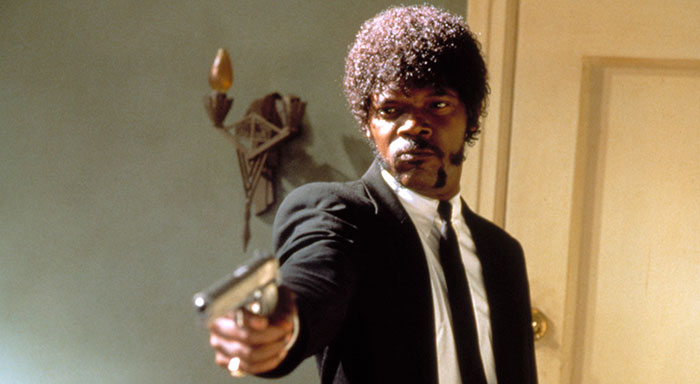
What makes Pulp Fiction so badass is how much it works with outside of showing the typical scenes you’d find in gangster films. How much of Pulp Fiction is actual gunplay, violence, or drama? Much of it is the downtime of these characters, and finding out what makes them tick.
The back-and-forth discussions are of typical topics but perhaps not conveyed typically. Hamburgers. Milkshakes. Relationship dramas surrounding foot massages (okay, maybe the beating up of the guy isn’t typical). Either way, Pulp Fiction is occasionally explosive but in surprising ways for the most part.
The interesting thing is that, oddly enough, none of it feels arbitrary no matter what happens (even the whole gimp thing). So many films have tried to be Pulp Fiction, which is ironic because Pulp Fiction is the result of Quentin Tarantino paying homage to all of his favourite films. The kicker is that no film has ever come close to being Pulp Fiction. It’s quotable, bombastic, hilarious, frightening, and idiosyncratic.
1. The Good, The Bad, and The Ugly
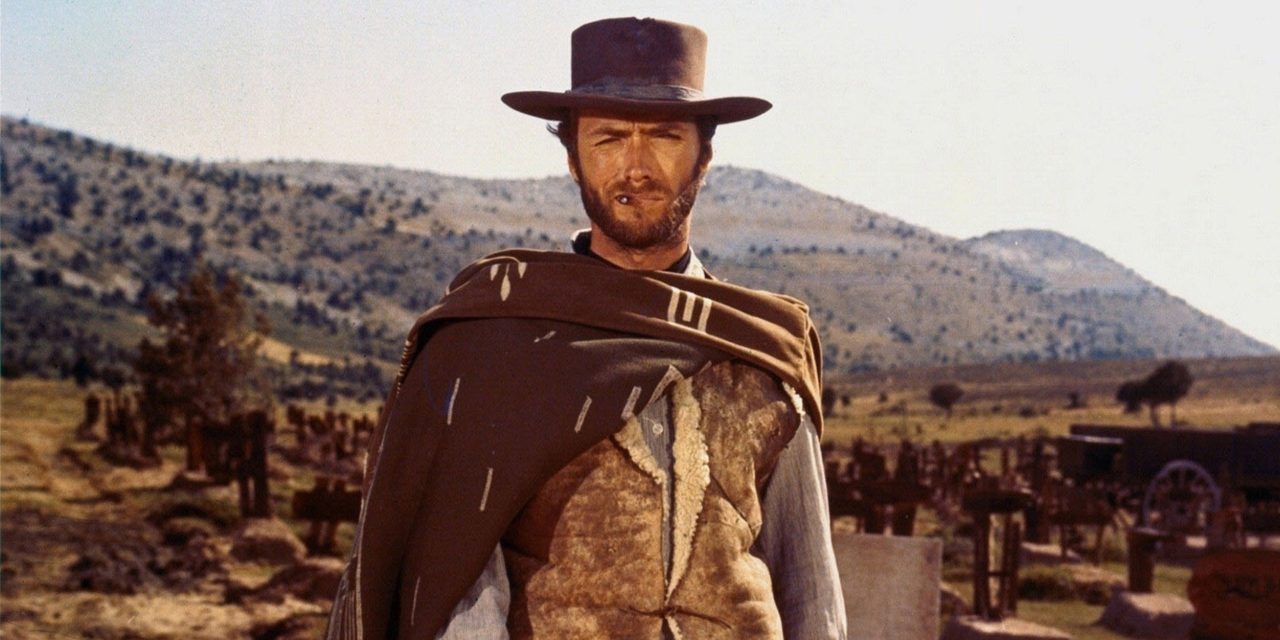
This might be the most badass film of all time. In Sergio Leone’s spaghetti western masterpiece, you have three renegades with one goal: find the hidden gold Set within the civil war (appropriately, seeing that the three leads are cut from the same cloth but are extremely different and competitive idealistically), this race is heavily based on the three leads leaving their pasts behind them (but hanging onto their burdensome traits, whether they be too forgiving, too greedy, or too inherently evil).
The one-liners are always on target (especially the meta references to how conventional other westerns or action films are; I’m looking at that waiting-too-long-to-shoot trope that the film makes fun of). By the whirlwind end, you will have felt the weight of a David Lean epic on your shoulders.
It winds down to a Mexican standoff that boils and boils until it boils over within a millisecond. Ennio Morricone’s perfect soundtrack makes The Good, The Bad, and The Ugly a work of Gods. The acting by Eastwood, Wallach and Van Cleef makes the three leads the trio of spirits that soar through the great halls of cinema. It’s timeless, edgy, explosive, nerve wracking, smart, and dynamic. Most of all, it’s exciting to the point of it being the most badass film of all time.